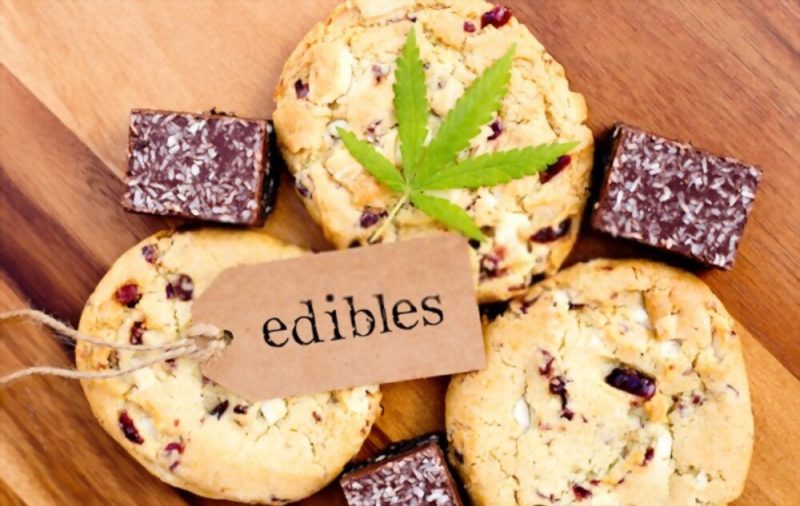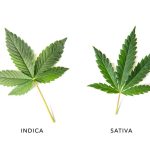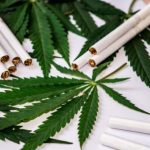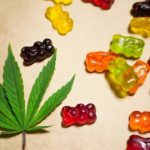🔥 Website for Sale - Contact Us
Since the covid-19 outbreak, marijuana-infused edibles sales have skyrocketed across the United States because of the linked risk of lung damage.
However, particular Types of Marijuana Edibles have gained massive popularity amongst convenience consumers. You will be surprised to learn which is America’s favorite cannabis snack and why you should consume it with caution, or you might just land on your ass.
According to Seattle-based cannabis analytics firm Headset, 2020 marijuana edibles sales grew by approximately 60% in all 7 THC legal states California, Colorado, Massachusetts, Michigan, Nevada, Oregon, and Washington.
This incredible market growth means that edibles outperformed the cannabis total market growth of 54% in 2020.
What are marijuana edibles?
Even though eating delicious food seems straightforward, cannabis edibles are trickier because their therapeutic experience changes with each type of marijuana edible.
Edibles is a term used for THC-infused consumables that include any type of food like gummies, brownies, cookies, hard candies, mints, drinks, capsules, dissolvable tablets, and more.
Cannabis-infused food is an alternative for people who want to avoid smoking or vaping potentially harmful chemicals.
Furthermore, edibles are the best option to administer medical cannabis in patients that need a stronger therapeutic dose.
The intensity and therapeutic duration will depend on the type of marijuana edible product.
What Are the Most Popular Types of marijuana Edibles?
Gummies are officially the most popular cannabis edibles in the United States. Marijuana-infused gummies make up 86% of all edibles sales in the United States, while edibles like baked goods, beverages, and hard candy make up the rest.
A recent survey suggests that convenience is the most important deciding factor when purchasing cannabis edibles.
The effects of cannabis candies like gummies and lollipops are not immediate but are faster than other edibles like bond bonds, space cakes, and other baked goods.

Advantages and disadvantages of cannabis edibles
Edibles are growing more and more in popularity as cannabis becomes legal for recreational and medicinal use in states across the U.S.A.
Many companies are finding new innovative cannabis edible products because of the fast-growing public interest. As a result, the edible industry provides unseen statistics about cannabis consumption.
Edibles are the part of the cannabis industry that sees the most innovation increase, which is why patient and recreational users are starting to explore marijuana edibles more and more.
Cannabis edibles options are endless and growing each day.
Your edible choices can range from infused pizza sauce, jams, teas, coffee, hot chocolate, energy bars, and even honey barbecue sauce, salad dressing, even chips, dried fruit nuts, and many many more.
And like with any other powerful substance, the dose right dose amount is extremely important for a good experience. With edibles, too much of a good thing is indeed bad for you.
Here are my top 3 cannabis edible advantages and disadvantages
3 Advantages of edibles over other delivery methods
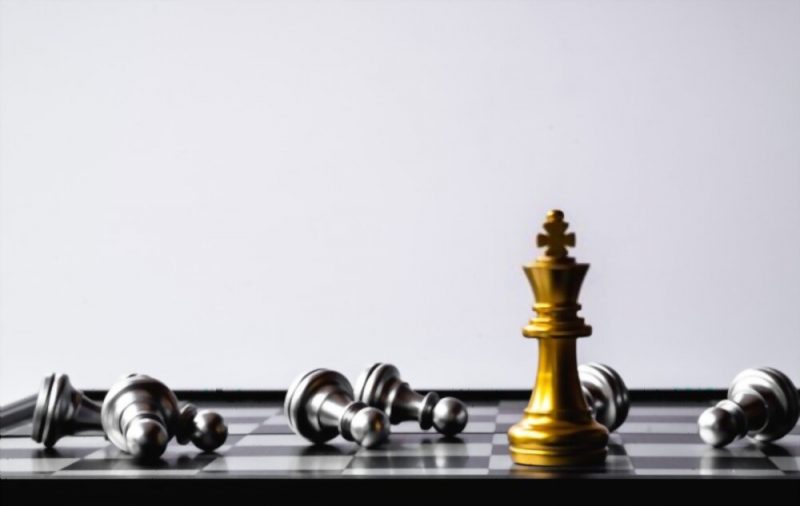
Advantages 1#: The most significant advantage of consuming cannabis is that it has fewer health risks than smoking.
Edibles are ideal for those who prefer not to inhale their cannabis even through the healthier vape option.
Furthermore, when smoking a joint or bong the heat of the cannabis combustion destroys most of the therapeutic cannabidiol (CBD).
You end up losing a great deal of the health benefits when smoking cannabis as opposed to consuming edibles.
Aside from inhaling harmful substances, smoking cannabis does not have much medicinal benefit and has potential long-term health risks.
Advantages 2#: Edibles are more potent than smoking and last for much longer.
Cannabis edible is ideal for those looking for more powerful and longer-lasting cannabinoid therapy.
While Smoke and vape effects only last for approximately 2 to 3 hours, edibles effects can last 6 to 12 hours depending on your body tolerance.
The long-lasting medicinal property of edibles is preferred amongst patients with chronic pain or inflammation conditions.
Clinical trials suggest that those who use cannabis for ailments like severe pain, insomnia, or nausea have reported that higher doses of cannabinoid therapy are felt much more in their body, and help relieve symptoms more effectively.
With edibles, it’s easier to intake a high enough dose to be effective against these conditions.
Advantages 3#: Edibles are discrete and easy to use.
With edibles, there’s no flower to grind or pungent marijuana smoke.
Furthermore, Edibles are a great alternative for those who need to consume in locations where they cannot be seen vaporizing or smoking.
That being said, there are some disadvantages that can make ingesting cannabis a deal-breaker.
3 Disadvantages of edibles over other delivery methods
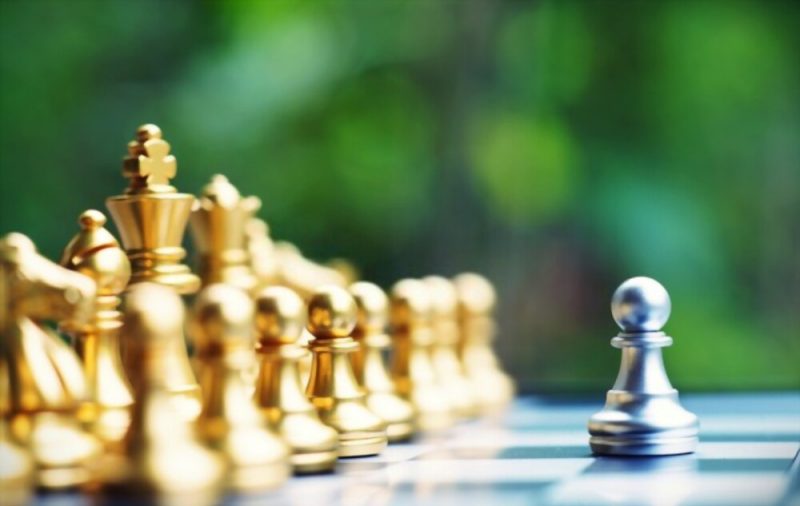
Disadvantages 1#: The most notable downside of edibles is product consistency.
The lack of regulation makes it extremely challenging to figure out a proper dose because there is no consistency from batch-to-batch production.
A recent survey suggests that approximately 40% of cannabis products sold on the market are incorrectly labeled.
Furthermore, I found that with some products, the cannabis did not evenly spread throughout the entire product, leaving concentrated spots within the product.
For example, the same two chips that maybe give you a 10 milligram dose experience one time, might give you a five milligram dose experience the second time in comparison.
This is a huge reason for concern because if the first bite has a low dose you will naturally proceed to eat more at a given time and run the risk of overdose.
This is never the case of vaporizing or smoking where you feel the effects almost immediately and then you can adjust accordingly whether you need more or not.
Disadvantages 2#: Overeating by accident
Many large edibles have the total amount of milligrams listed in the product, but with no clear way to break up the product into smaller 10-milligram microdoses that are more manageable.
As a result, consumers are left on their own to figure out the correct portion for a proper dose.
This often leads to overdose because edibles have much more concentrated amounts of cannabinoids than vaporizing or smoking.
Cannabis overdose is extremely unpleasant because of the nasty side effects like paranoia or anxiety, sometimes nausea, dizziness, among other symptoms.
Disadvantages 3#: No cannabis plant strain specifications.
A large portion of growers sells their cannabis to marijuana distributors for the smoke and vape community.
All their cannabis trim is mixed together and sold to companies that make edibles.
The official number of strains is not jet documented, but experts estimate approximately 700 different cannabis strains.
Even though the cannabis flower contains the highest cannabinoid concentrate, the trim still has lots of trichomes to produce canna oil for products.
Because of this very common practice, most edibles right now are made up of a compilation of strains as opposed to one in particular.
As a result, many edible companies do not list out the strain on their products.
Buying cannabis-infused products, you can’t be quite sure of the product experience or know if the product is ideal for particular ailments.
Edible Marijuana therapeutic effects by particular dose size
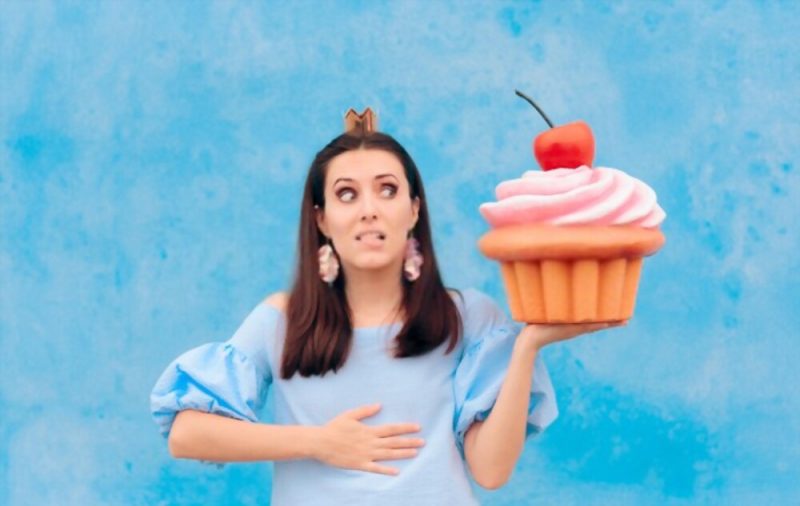
Marijuana edible has an entirely different experience than smoking because they get processed differently by the body. As a result, edibles have a stronger and much longer-lasting therapeutic effect.
The most notable difference between edibles and smoking is that the psychoactive compound (THC) is processed by the liver before it gets into the bloodstream.
The liver converts THC into a more potent metabolite called 11 hydroxy THC.
It’s estimated that this compound is about four to five times more psychoactive than normal THC.
Because edibles must pass through a part of our digestive system, it may take between 30 minutes to 2 hours before the full cannabis effect is felt.
As a result, many people who don’t feel any effects after an hour are more inclined to consume a second dose, but only to have both doses hit you like a train an hour later.
According to one of the largest hospitals in Colorado, Emergency (ER) visits linked to cannabis use tripled since the legalization of marijuana in 2012.
The report indicates that 11% of ER visits tied to marijuana were as a result of edibles.
Considering that edibles represent the smallest cannabis market in Colorado, this statistic is disproportionately high compared to smoking cannabis ER visits.
The effects of smoking cannabis last for about two hours and gradually subside after a quick climax.
Edible marijuana effects kick in slower and peak for much longer. Typically the effects can be felt between 4 to 8 hours but in rare cases, it can last over 12 hours.
When it comes to the effects, there are certainly similarities between smokeable and edible weed.
But there are some medicinal properties unique to marijuana edibles.
Typically people consume edible weed for one of two reasons or both.
The first reason is for medical benefits to help alleviate symptoms from stress, anxiety, and insomnia.
The second reason is simply for recreational purposes just to have a high and have a good time.
Apart from these two common reasons, I have met people in the psychedelic community who use edibles in extremely high doses to hallucinate.
To each to their own, but misusing edible buy deliberately overdosing is treading on dangerous grounds.
What you can expect from the different doses
Firstly, it’s important to know that tolerance plays a significant part in user experience and how strongly you feel the effects.
An everyday marijuana smoker needs to take a much higher edibles dose than someone who seldomly uses THC.
The effects of particular doses I mention in this article are from my own experience but need to be taken with a grain of salt because your body might react differently.
However, this is a good guideline to help you understand how your body may react to a particular dose range.
Also, keep in mind that edibles and smoking weed have a huge difference in doses ranges because ingesting THC is much more potent than inhaling.
Microdose for pain relief
First, we have a microdose that can range anywhere from one milligram to about 2.5 milligrams of THC.
With this low dose, you are unlikely to feel any psychoactive effects, but it is possible for people who are hypersensitive to feel the effects of the THC.
Microdoses are mostly used for mild pain relief, stress and anxiety.
People who use edibles in microdoses reported an increase in creativity and focus.
The effects of this dose are mild with most users reported no significant effects can be felt.
While the microdose effects are passive, it is enough to slightly change your mood.
Low dose for a good night sleep
A low dose is considered in the range from 2.5 milligrams to about 15 milligrams, but the effects of the two ends of the spectrum are very different. Especially for people with low THC tolerance.
This dose range is mostly used by people that have trouble keeping asleep during the night or have chronic pain or inflammation.
In this dose range, it is common to feel a mild sense of euphoria that is associated with the classic marijuana high. You may also experience slightly impaired coordination with altered perception.
However, these THC side effects can not be compared with a drug like alcohol because they interact differently in our bodies.
In low doses, the marijuana high is unlikely to be overwhelming which makes it the perfect dose for first-time users.
I recommend starting with the low end of the dose spectrum and working your way to the high end to get accustomed to the effects of edibles.
Medium dose for seasoned Marijuana users
The medium dose ranges from 15 to 30 milligrams. Someone with a decent THC tolerance still may not be feeling heavy effects but for most users, this dose can make you extremely stoned.
In this dose range, you may experience mild negative side effects like anxiety and paranoia.
These side effects are interesting because people use weed to alleviate anxiety and stress symptoms.
Cannabinoids like THC and CBD have biphasic effects when it comes to anxiety. Lower THC doses have an anxiolytic effect while higher doses can have the opposite result. More studies are needed because science does to entirely understand this interesting contradictory mechanism of THC.
In my experience, I rarely encounter the negative side effects but it does happen from time to time.
However, the anxiety associated with a higher dose range can be easily controlled once you learn how to master your emotional thinking process.
For the average users, the medium dose range will likely alter your coordination and perception and other side effects like red eyes.
Inflamed eyes from THC are not a cause for concern and can be easily treated with common eye drop bought over the counter.
The degree of these side effects mostly depends on your tolerance.
High dose from the Marijuana connoisseur
The high dose ranges from 30 to 50 milligrams and will definitely get you extremely stoned.
Although marijuana is considered safe to use, in this dose range irregular marijuana users may experience severe discomfort with strong negative side effects.
For someone with low tolerance this dose range can be overwhelming when experiencing it for the first time, but it is not known to be harmful.
It is also common for a user with low tolerance to end up in the ER because of severe nausea or panic attack. However, ending up in the ER because of THC overdose is unlikely.
The side effects of weed are amplified with this dose range with common symptoms like cotton mouth, impaired coordination and perception, and a possible strong feeling of euphoria.
Dry mouth is a result of THC mimicking Anandamide which is a naturally occurring chemical found in our body’s endocannabinoid system (ECS).
THC binds to cannabinoid receptors in our saliva glands, which causes saliva production to decrease.
Other common side effects like the classic munchies are extremely common amongst newbies and veterans alike.
It is important to note that these side effects impact everyone differently and can be easily prevented to responsible doses.
Extreme High Dose daredevil
Extreme high dose ranges from 50 to 100 milligrams and presents unique side effects, especially for newbies.
People often experience a rapid heart rate, panic, nausea, and headaches at this dose.
Don’t explore this dose territory if you are a marijuana novice because it can produce nasty side effects.
While it is not advised to consume an extreme THC dose, it does provide valuable medicinal benefits such as boosting appetite in cancer patients and reducing inflammation which can help alleviate multiple complex ailments.
Once you exceed 100 milligrams dose you can start to experience similar hallucinations to a psychedelic trip like LSD.

